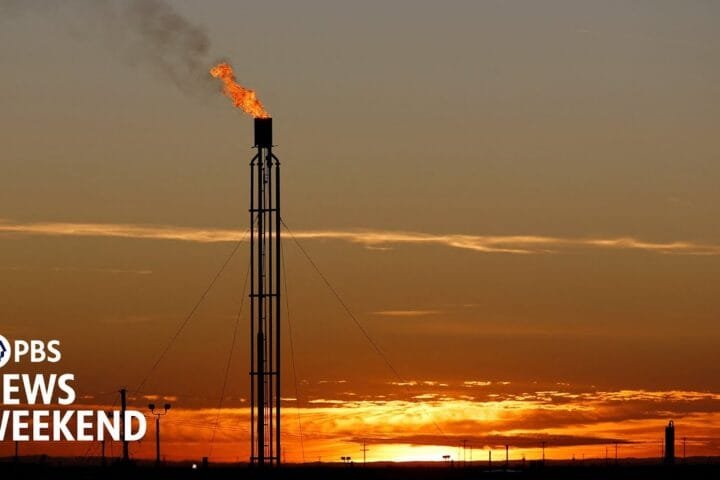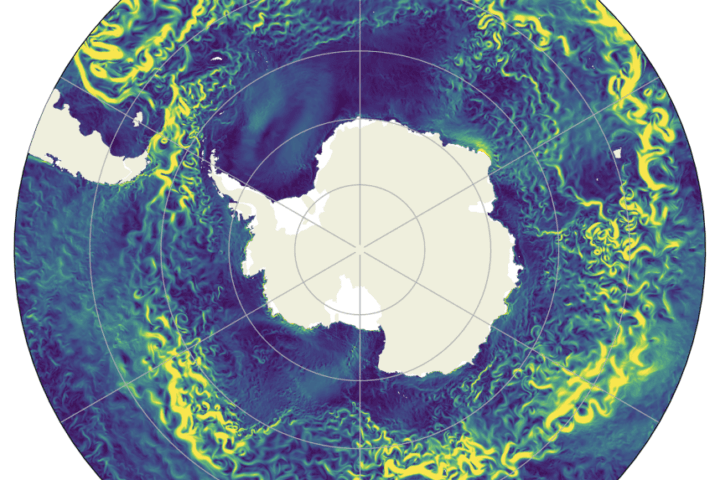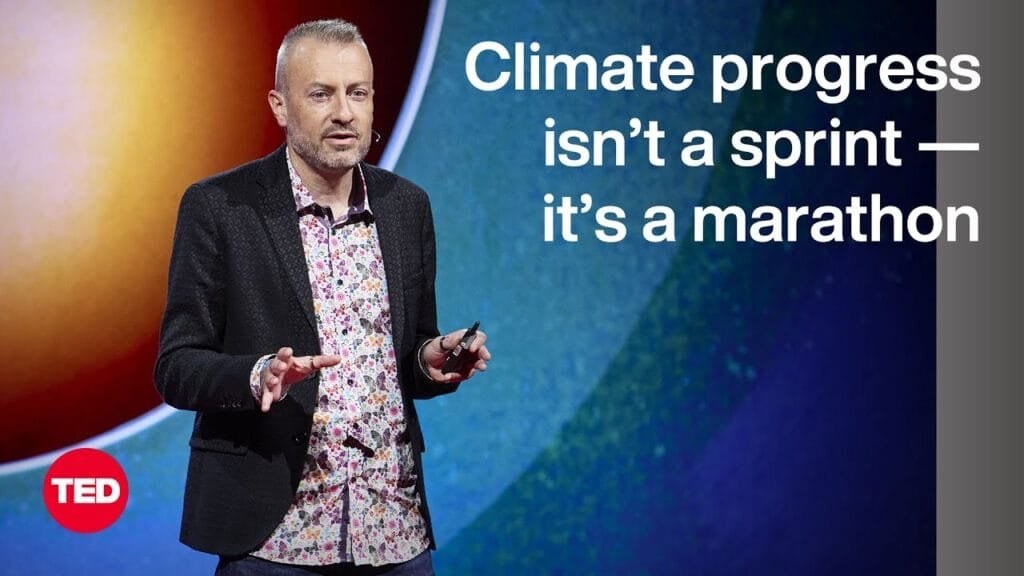What does “climate change” mean? Neil deGrasse Tyson explains under-emphasized elements of climate change and humanity’s relationship to the Earth and our cities. What does the new normal look like?
Text above from original video description.
Summary
The video presents a history on climate change, emphasizing the various ways human activity has influenced the Earth’s climate since the Industrial Revolution. Neil deGrasse Tyson explains the greenhouse effect, highlighting how different greenhouse gases, particularly water vapor, contribute to temperature changes and the overall climate. He illustrates the historical stability of climate that allowed civilizations to thrive, particularly in cities located near water sources, which have adapted to predictable weather patterns.
However, with ongoing climate change, these historical patterns are disrupted, leading to unprecedented weather events and conditions. Tyson underscores that cities must prepare for these changes, as the climate will not only become more variable but will also affect populations differently, particularly vulnerable island nations facing rising sea levels.
The message is a call to acknowledge the seriousness of climate change and to prepare for a “new normal” that may be harsh and unpredictable.
Highlights
- 🌍 Human-Induced Climate Change: Neil deGrasse Tyson reiterates that climate change is primarily driven by human activities since the Industrial Revolution.
- 🌡️ Understanding the Greenhouse Effect: A clear explanation of how greenhouse gases, particularly water vapor, trap heat and influence temperature.
- 🏙️ Historical Climate Stability: The importance of historical climate stability for the development of cities and agriculture is discussed.
- 🌊 Adaptation of Cities: Cities have historically adapted to their climates but now face unprecedented changes that challenge their established norms.
- 🌪️ Unprecedented Weather Events: Real-life examples, such as Hurricane Sandy, illustrate how climate change can exceed historical weather patterns.
- 🌏 Disparity of Impact: Climate change will not affect everyone equally; vulnerable populations, especially in low-lying countries, face severe risks.
- ⚠️ Preparation for the New Normal: A call to action for cities and countries to prepare for climate variability and its potentially harsh consequences.




